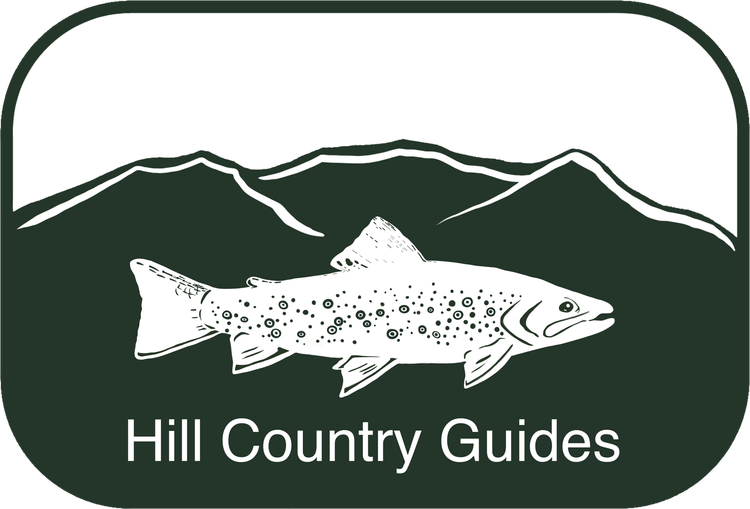Fishing Update:
After real winter finally arrived in late January and February. The first March heat wave has our rivers open and fishable. While colder temps this week will prevent runoff, we might see a little re-freeze on some of the colder rivers like the Saco. However larger rivers like the Andro should remain ice free from here on out. Fishing can be surprisingly good in Late March as moderate temps allow water temps to rise without causing excessive snowmelt.
Why March:
While some rivers stay ice free through winter many rivers in northern New England do freeze up and become unfishable through the dead of winter. Even rivers that do remain ice free are brutal to fish under the extremely cold temperatures of Late January and mid-February. While a warm up at any time of winter can offer great opportunities for fishing, those chances increase dramatically with the longer daylight hours and freeze thaw cycles that we see in March. Consider any days that are good for Maple Syruping as good days for fishing. When day time highs rise above freezing, they allow water temps to bump up just enough for prey to move about and fish metabolisms to increase. When temps drop below freezing at night, they prevent snowmelt from choking streams with cold high water that can slow the bite during spring runoff.
A handsome wild brown trout caught fishing a slow seam late in the day March 2021.
An increase in food availability:
As water temps and daylight increase, early season hatches of midges, winter caddis, and early dark stoneflies increase in volume. Along with these obvious food sources, less obvious hatches of trout fry, minnow fry, crayfish, leeches, and sculpin are also taking place. Coupled with increasing fish metabolisms, after a time low fishing pressure, March offers some of the best opportunities at hooking into the largest fish of the year.
Think slow and go slow:
While waters are warming and fish are becoming more active this is not to say that fish will be particularly aggressive. Here in NE a bump in water temps can mean 35 degrees instead of 33 degrees. Both prey items and the fish that feed on them will be moving slow. Consequently, Nymphing and fishing streamers with slow swings or jig retrieves will be key to success on most days. Focusing on slower water types: larger pools, tail outs, and inside seems will put you on more fish. If you see insects hatching look closely for lazy subtle rises in the slow back eddies and slick water where hatched, or hatching insects will collect in high densities.
A wild rainbow trout caught swinging a large black bugger in the tailout of a pool March 2021.
Effects of the weather:
While most March days will offer bite windows, those windows will vary in length and depend greatly on changing water temps and weather. A day with warmer temps and cloud cover might fish longer and earlier than a sunny cooler day with clouds building late in the day. For instance, last Thursday we fished from 9am to 5pm and all of our fish were caught between 2pm and 4:30pm when a low-pressure system blocked the sun and water temps had maxed out for the day. Conversely on our previous trip we caught fish early before a cold front blew in around noon and killed the bite.
Some fish just eat when other don’t:
Like people all fish are different. I’ve come to learn that even when the fishing is slow there is often at least one fish that behaves counter to that of the others. So even when you think the bite is off it pays to stay focused and fish hard. Sometimes the biggest fish in the pool is the one who is hungry.
A good time for experimentation:
Early season days are some of my favorite times of the year to experiment with fly choice and design. First, most of the food items available to fish at this time are not obvious or conventional, playing with parr patterns, crayfish, and articulated nymphs has been a fun way to find success on days where no obvious hatches distract me from thinking outside of the box. Sometimes these flies become specifically effective in the early season while others become staples for finding fish between hatches season long.
This thick wild brown gobbled a black bugger. Caught March 2021.
Bonus Days:
While many anglers are still skiing, or tying flies, wetting a line before the major spring hatches can offer chances at fish that are feeding before the majority of anglers are ready to fish. If you want to get an early start to the season give us a shout and we’ll get you a day on the water.
Tight Lines,
Nate

























